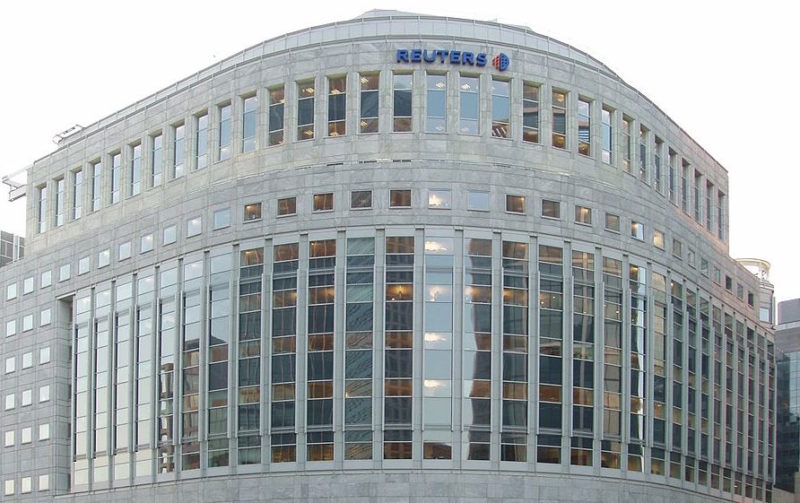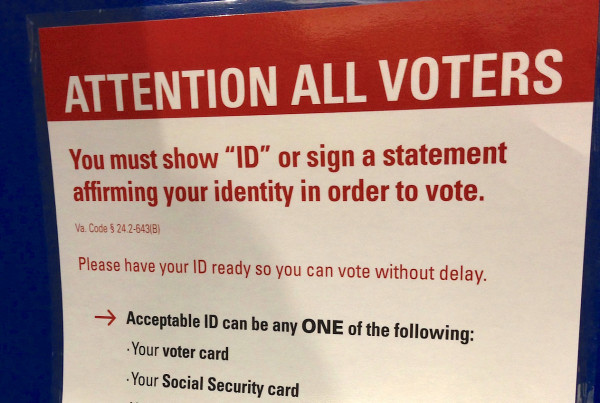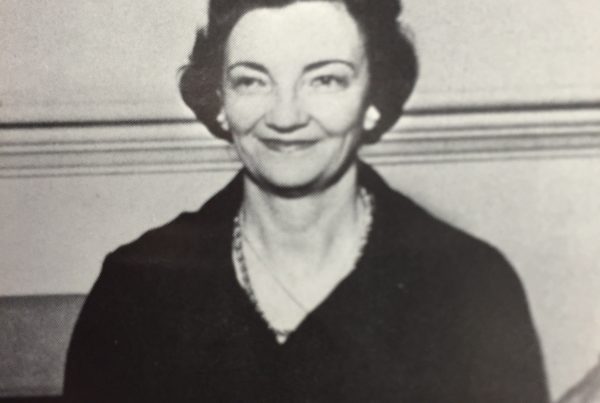The Reuters news agency started in 1851 and since 1941, Reuters journalists have followed internal guidelines known as the “Thomson Reuters Trust Principles.” The principles guide efforts by journalists to report fairly and honestly.
Prompted in large part by the current climate surrounding journalism, and what’s been called “fake news,” Reuters is linking to its Trust Principles in each online story. It’s also created “Backstory”, a new initiative in which journalists provide a behind-the-scenes look at how selected Reuters stories are produced.
Reuters Digital Editor Dan Colarusso says Backstory articles will explain how Reuters does journalism.
“Backstory is a labor of love,” Colarusso says. “It was Steve Adler’s idea – the editor-in-chief here at Reuters. He thought it would be a really good idea to give people a peek into some of our journalism – not necessarily how we reported a thing, not a self-aggrandizing feature, but something more to give readers an idea of what we do to actually get stories.”
Colarusso says one goal of the Backstory project is to show readers how the news agency uses information and images to tell stories.
“We do a lot of data-driven journalism, and people need to understand both how we gather that data, and take into account biases and prejudices on the data’s part,” he says. “We do a lot of very controversial photography, especially in conflict zones. And we’ll be engaging some of those ideas in the future. So those type of things come in handy because everyone is suspicious of everything they read or hear, and it’s really important for people to know that there are rules of the road, and that we approach our work with as much rigor as any other profession.”
Colarusso acknowledges that Reuters’ attempts to increase transparency are driven by the diffusion of information distribution. He says media organizations need to demonstrate their qualitative advantage.
“[With the growth of] the internet and social media distribution, becoming a news source – real or imagined – has gotten a lot easier,” he says. “The bar has been lowered. Someone’s social media feed could get the same attention as Reuters. … I don’t think it’s cynical to say, ‘Here’s a line, and here’s what you should know about us.'”
Backstory will take on Reuters political coverage, too, Colarusso says.
“In the launch Backstory that we did, we talked about a polling mechanism that we use called a ‘split poll’, where we ask the same question to two groups or people,” he says. “We used the term ‘Donald Trump’ and in another question, we used the term ‘political leader.’ We checked the results to see how politically attached people were to the president, as opposed to how they had an opinion about something that any anonymous political leader would do.”
Colarusso says Backstory, and Reuters’ efforts to make journalism transparent to readers, will continue.
“I think it’s an ongoing process, and I like to think it’s going to be a permanent process,” he says. “Because as a journalist, we’re always interested in how a story was executed, or how someone beat us on a story, or how someone fell short on a story – in our opinion. I think the public has been bought into it a little bit more.”
Written by Shelly Brisbin.
















